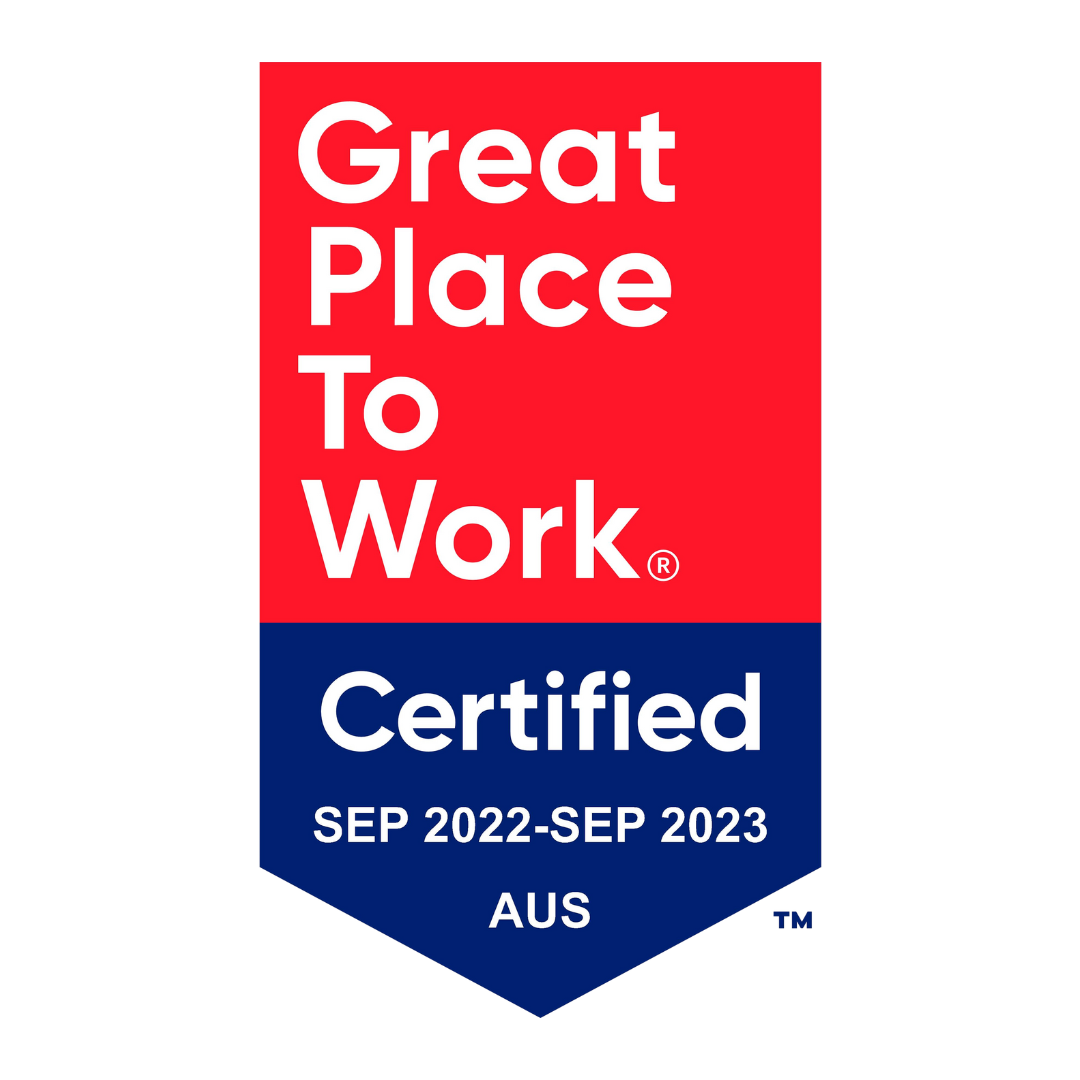Our group
Peoplebank’s parent company is RGF Staffing ANZ made up of an ecosystem of well-established local brands, providing staffing and HR-related services across multiple industries.
RGF, an abbreviation for Recruit Global Family, epitomises our identity—a network of local brands intricately linked as a global family business. RGF Staffing stands as the world’s largest network of staffing companies, spanning four continents and providing employment for approximately 274,000 individuals daily, supported by a workforce of over 19,300 employees.
Recruit is the fourth-largest staffing firm globally and is listed on the Tokyo Stock Exchange. They also own HR tech giants Indeed and Glassdoor, alongside a vast network of international HR and recruitment organisations.
Within this expansive global network lies RGF Staffing ANZ, extending into a diverse ecosystem of brands across the Asia-Pacific region.
Together, these entities form a leading, interconnected HR services network with operations spanning Australia, Europe, Japan, and the United States.





















